First comprehensive report offers ‘snapshot’ of what shellfish experienced during Pacific Northwest heat wave in 2021
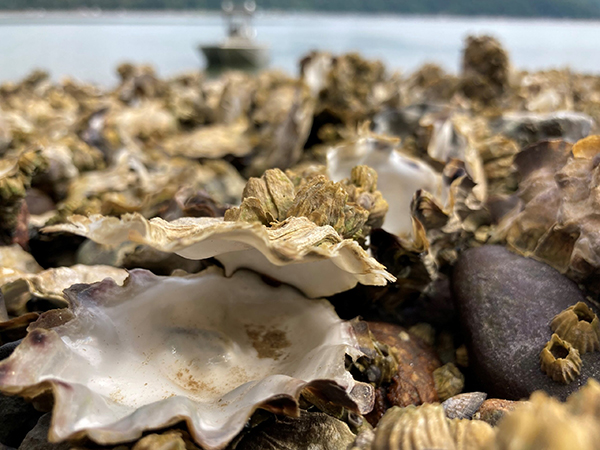
A University of Washington research team has compiled and analyzed hundreds of field observations to produce the first comprehensive report detailing the impacts of the 2021 Pacific Northwest heat wave on shellfish.
The analysis, recently published in Ecology, was funded by Washington Sea Grant with data contributions from tribes, state and federal agencies, academic institutions and non-profits. The researchers found that many shellfish were victims of a “perfect storm” of factors that contributed to widespread death: The lowest low tides of the year occurred during the year’s hottest days – and at the warmest times of day.
“You really couldn’t have come up with a worse scenario for intertidal organisms,” said Wendel Raymond, lead author and a research scientist at UW Friday Harbor Laboratories. “This analysis has given us a really good general picture of how shellfish were impacted by the heat wave, but we know this isn’t even the full story.”
The research team leveraged existing collaborations across tribes, state and federal agencies, academia and non-profit organizations. They devised a simple survey and five-point rating system (1 = much worse than normal to 5 = much better than normal) and asked participants to provide ratings based on their knowledge of a species in that location. In total, they gathered 203 observations from 108 unique locations, from central British Columbia down to Willapa Bay, Washington.
Findings indicate that each species’ ecology contributed to its general success or failure to survive the extreme heat. For example, some shellfish that naturally burrow deep beneath the surface (like butter clams) usually fared better than ones that typically ride out low tide just below the sand’s surface (like cockles).
The location also mattered. Shellfish on the outer coast experienced low tide about four hours earlier than shellfish on inland beaches. For inland shellfish, low tide – or when the most shellfish were exposed – hit around solar noon, when the sun was directly overhead.
Additionally, air temperatures were much higher at inland sites compared to the outer coast, causing more stress on inland populations. For example, California mussels, found almost exclusively on the outer coast, mostly survived the heat. However, bay mussels found in more inner coastal sites were more likely to die from heat exposure. More water movement and wave action on the outer coast also likely helped lessen the impacts of the heat on shellfish along those beaches.
“The timing of low tide helps determine when and where organisms may be exposed to heat stress and can structure behavior and distribution,” said Hilary Hayford, co-author and habitat research director at Puget Sound Restoration Fund. “In this case, organisms at locations that are already exposed to air at the hottest time of day were very unlucky that temperatures soared so high.”
Because the heat wave occurred at a time when many shellfish are reproducing, the mass die-offs could impact those populations for at least several years, highlighting the need for long-term monitoring, the researchers said. And as climate change continues to produce more frequent extreme heat events, shellfish deaths like those of last summer may become more of a common reality.
“Although this event had negative effects on marine life, there is hope that can be found in this work,” said Annie Raymond, co-author and a shellfish biologist with Jamestown S’Klallam Tribe. “Not all locations and species were affected equally, offering clues to pathways to resiliency in the future.”
Follow the Advocate on Twitter @GSA_Advocate
Now that you've reached the end of the article ...
… please consider supporting GSA’s mission to advance responsible seafood practices through education, advocacy and third-party assurances. The Advocate aims to document the evolution of responsible seafood practices and share the expansive knowledge of our vast network of contributors.
By becoming a Global Seafood Alliance member, you’re ensuring that all of the pre-competitive work we do through member benefits, resources and events can continue. Individual membership costs just $50 a year.
Not a GSA member? Join us.
Author
-
Responsible Seafood Advocate
[103,114,111,46,100,111,111,102,97,101,115,108,97,98,111,108,103,64,114,111,116,105,100,101]
Tagged With
Related Posts
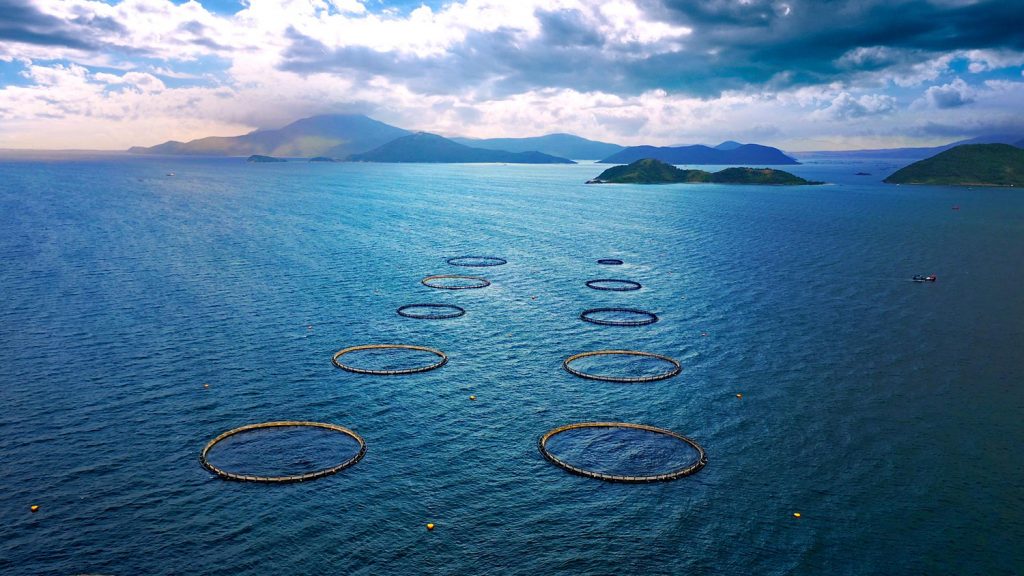
Responsibility
Does aquaculture really need a heat-tolerant salmon to adapt to rising ocean temperatures?
With rising ocean temperatures, are efforts to breed a heat-resistant salmon a race against nature? Or does the ideal fish for tropical aquaculture already exist?
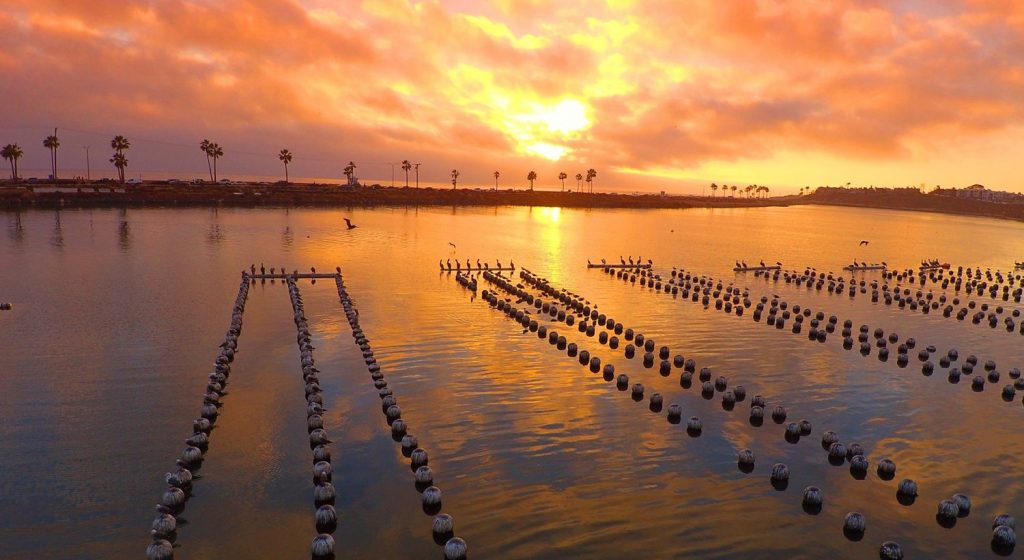
Responsibility
As ocean acidification threatens the shellfish industry, this California oyster farm is raising oysters resistant to climate change
Despite the dangers to shellfish posed by ocean acidification, a forward-thinking California oyster farm is producing oysters resistant to climate change.
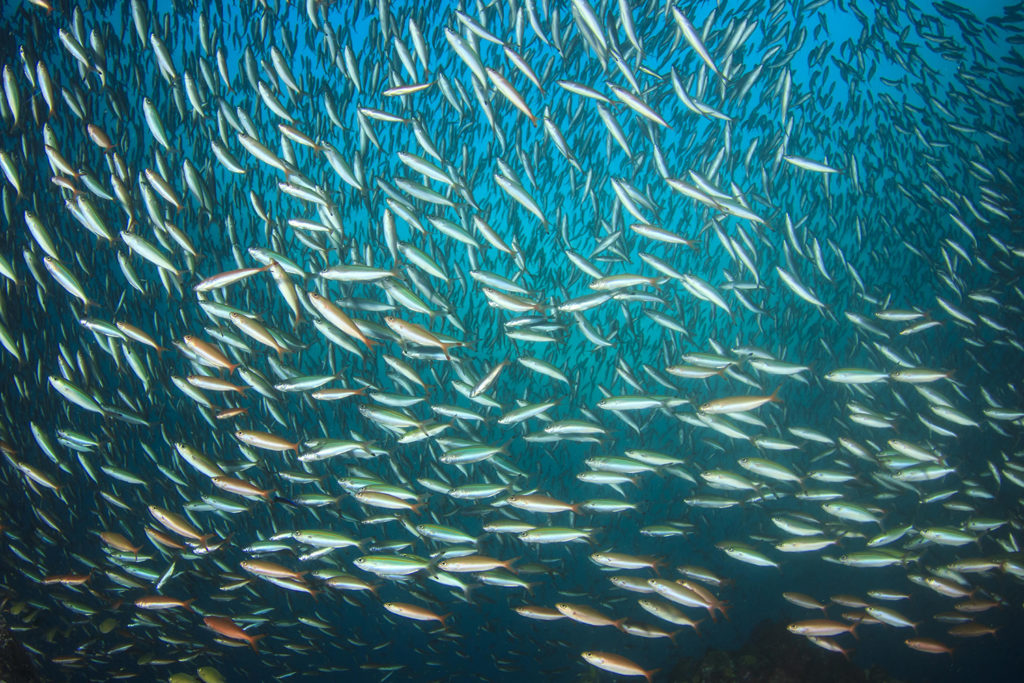
Responsibility
Study: Climate change will shuffle marine ecosystems in unexpected ways as ocean temperature warms
A study found that, as the ocean temperature warms, fish will continue to exist in certain areas but are not likely to be as abundant.
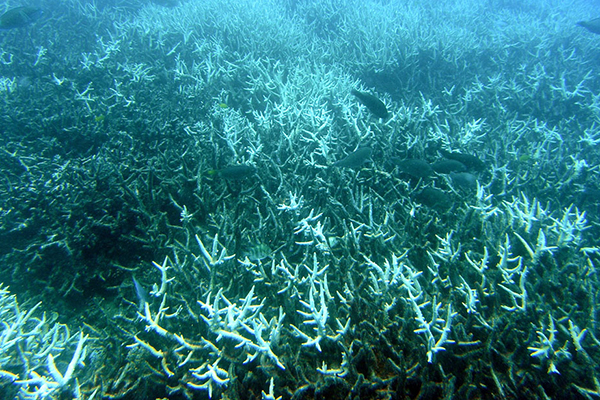
Responsibility
Study: 2021 breaks record for hottest ocean temperature
New research shows the ocean temperature in 2021 was the hottest ever recorded by humans, and the effects of ocean warming are "far-reaching."



